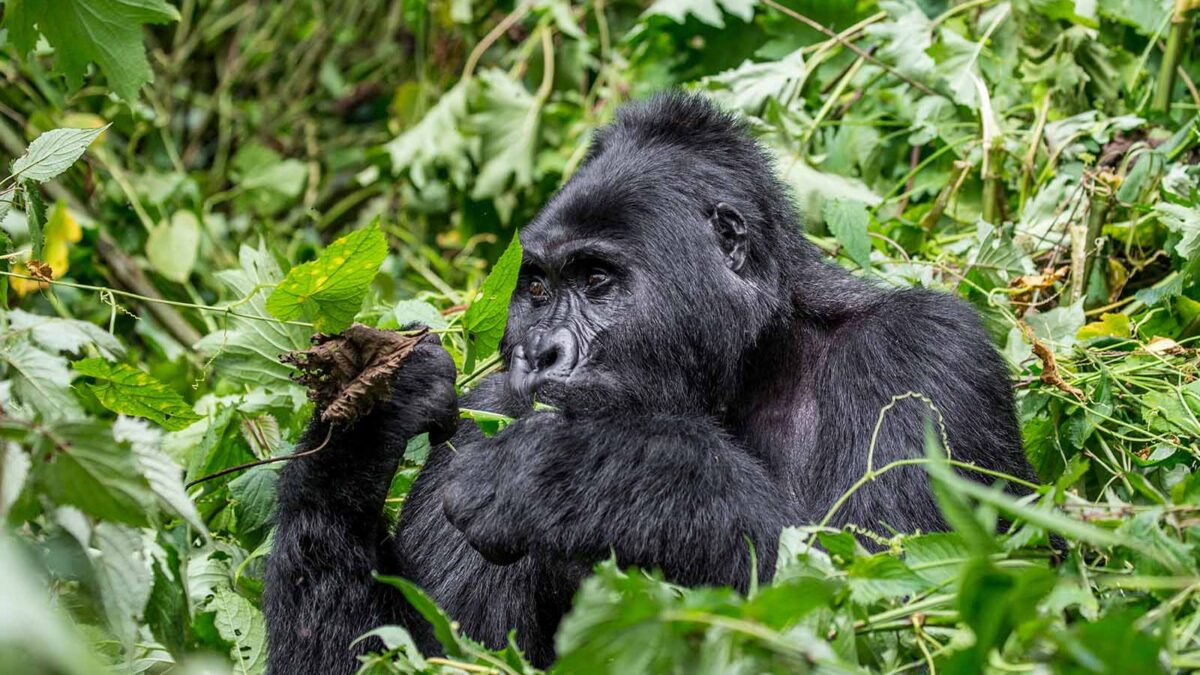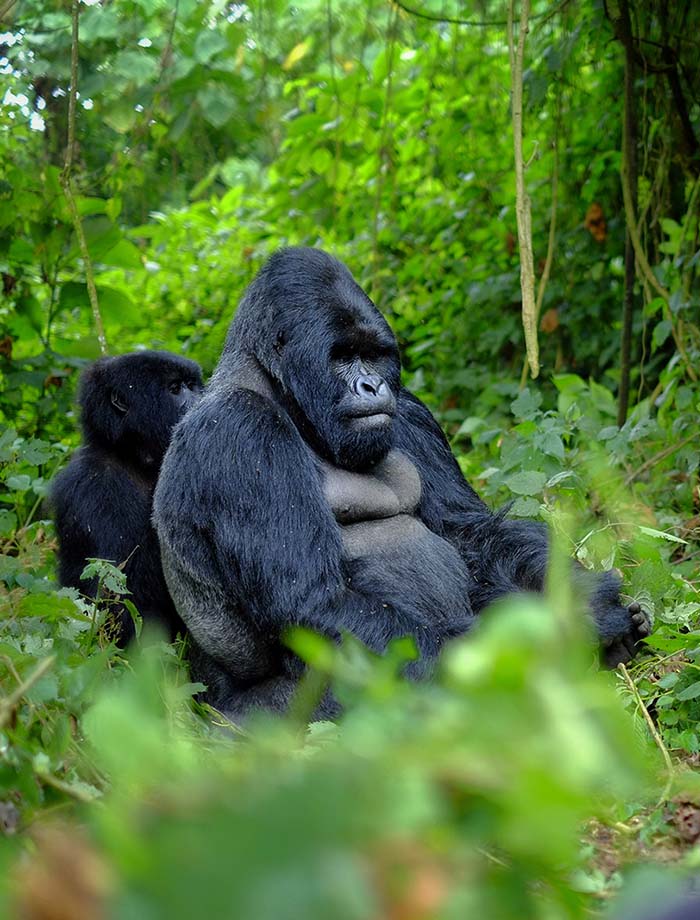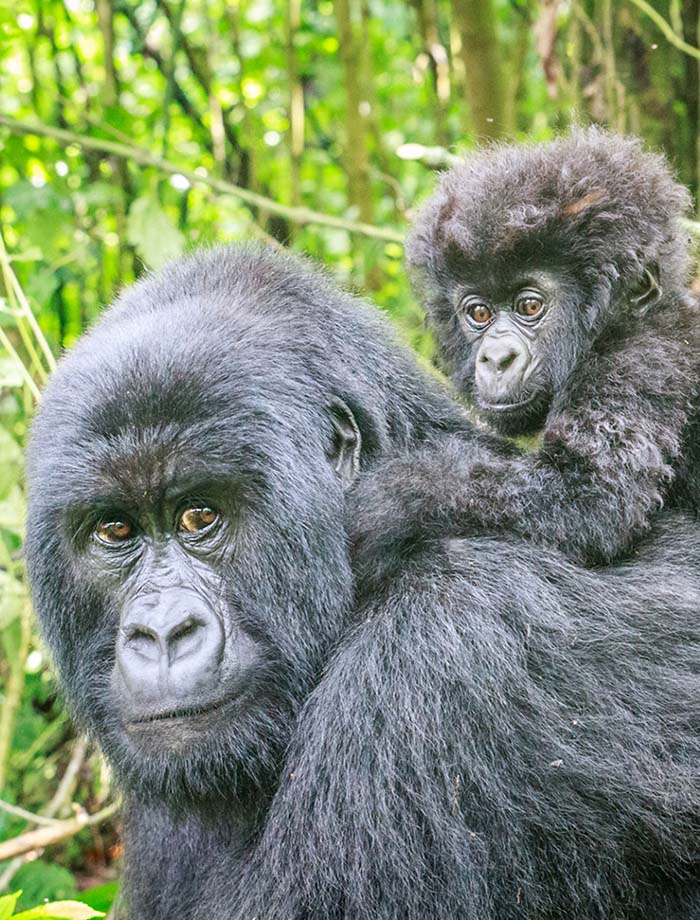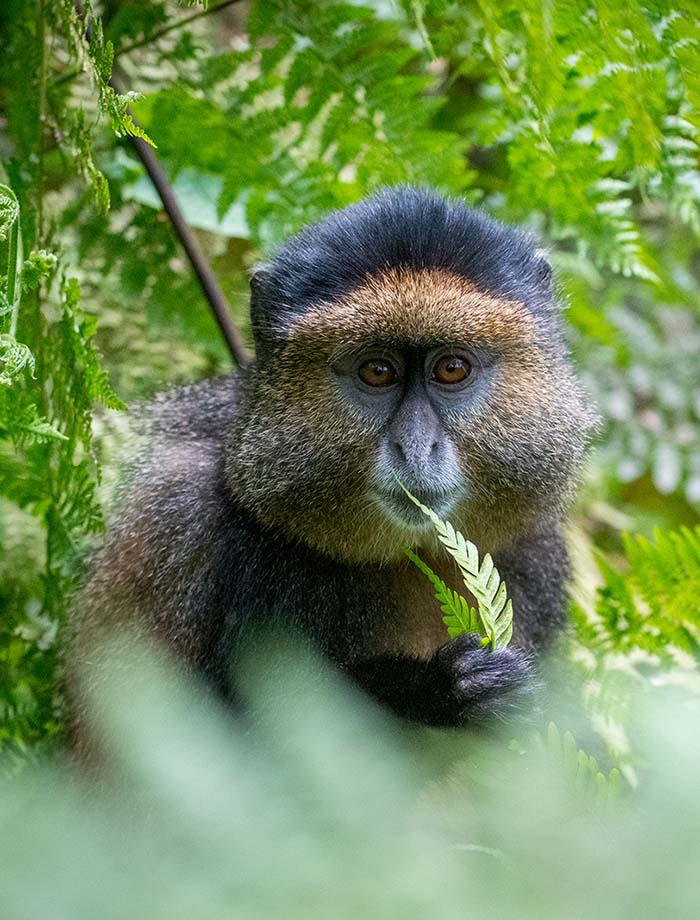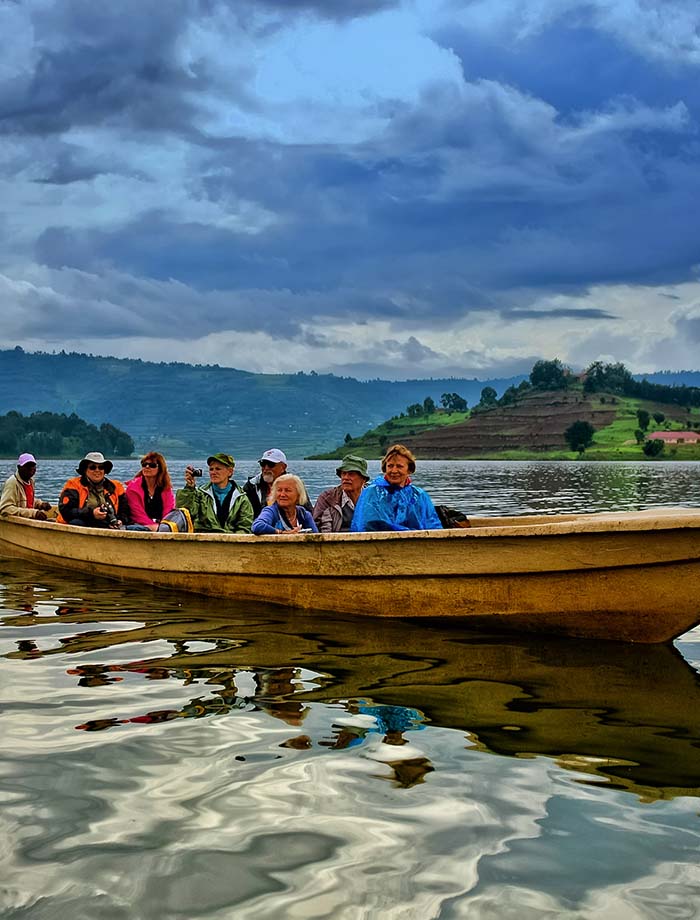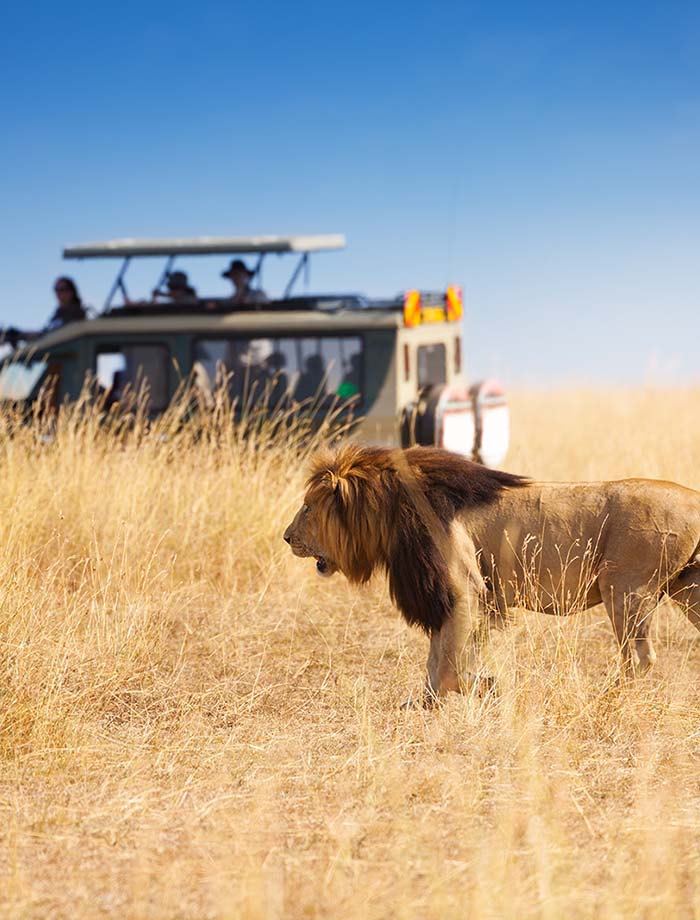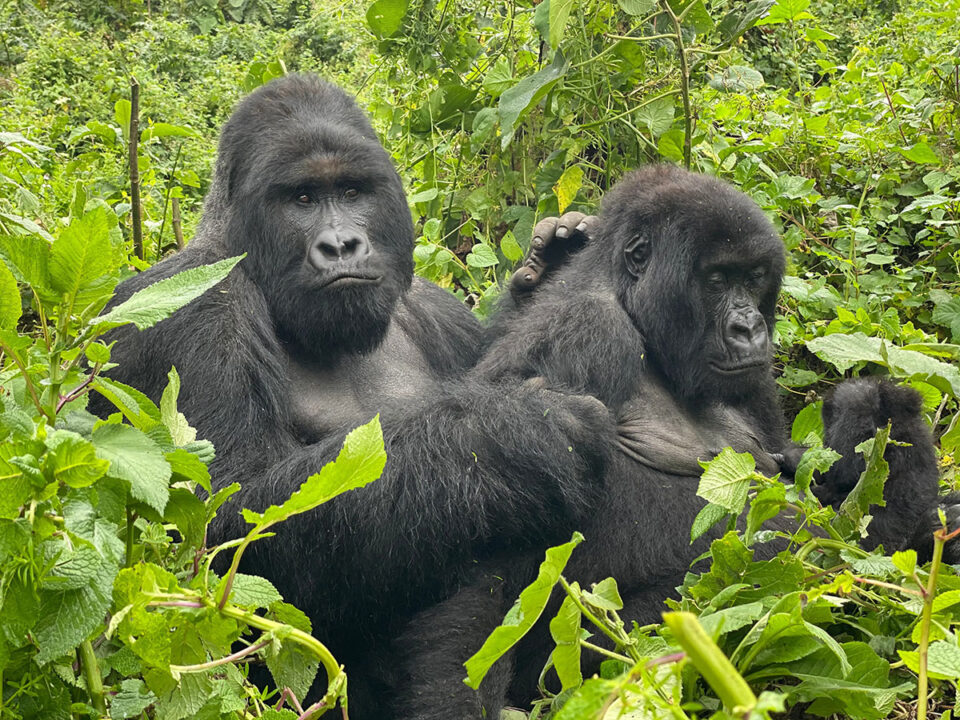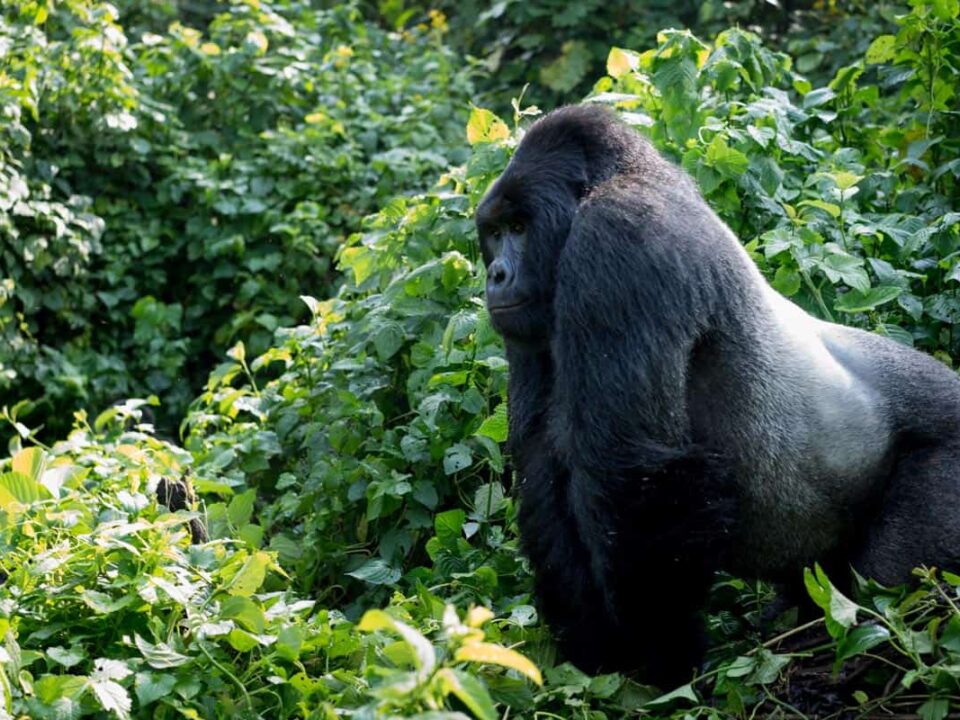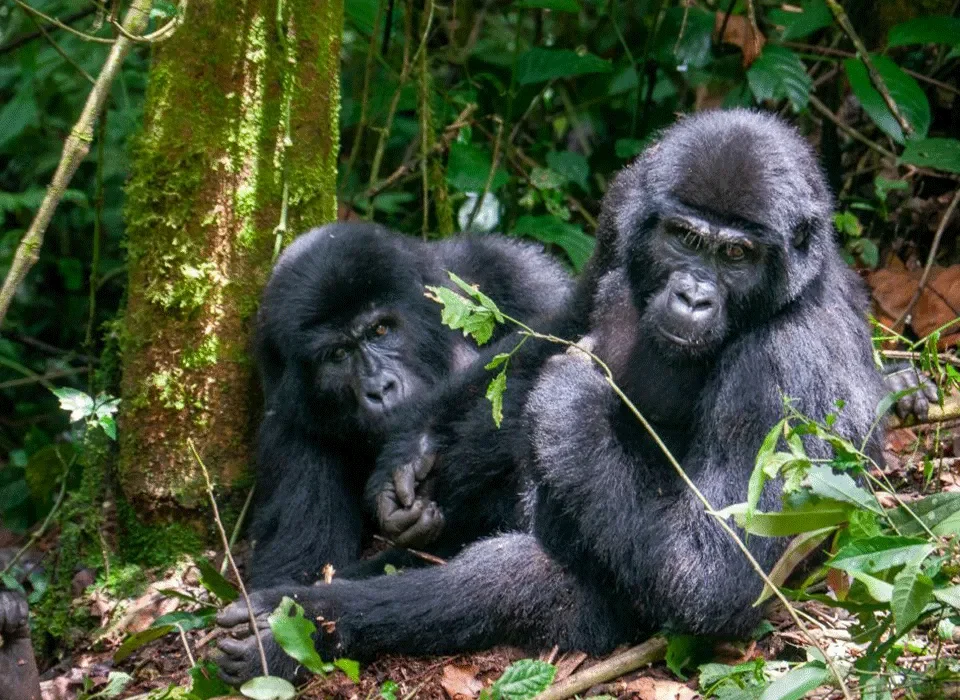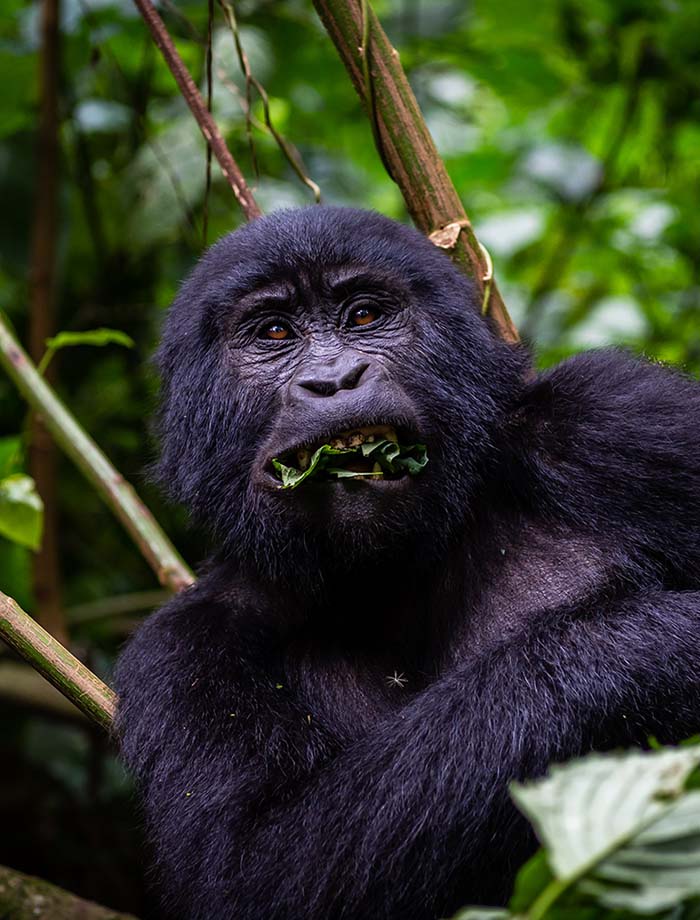
Best Time to go Gorilla Trekking

Gorilla Groups/ Families in Volcanoes National Park (Rwanda)
July 14, 2022
Why should I Book a Gorilla Permit in Advance?
July 14, 2022Gorilla trekking is undoubtedly a lifetime experience. Before embarking on this adventure, there is a need for you to be familiar with when you can pay a visit to Africa to achieve your dreams. Imagine landing into a destination and you find conditions aren’t favorable on your side! If you are planning for your next vacation with a local tour operator/agency make sure, you get all details about weather pattern or climate of the area prior setting off to your destination of choice despite a fact that gorilla trekking is an all-year-round adventure. Always mark seasonality of the area as you plan for a safari as each season comes with its own challenges and benefits. Gorilla trekking is conducted in only Bwindi Impenetrable National Park and Mgahinga Gorilla National Park southwestern Uganda, Volcanoes National Park northwestern Rwanda and Virunga National Park eastern Democratic Republic of Congo (DRC). Given the nature of these creatures’ habitat, there is need for you to be prepared all the time.
Mountain gorillas live mainly in tropical rainforests and a visit to these area means that you must take note of both dry and wet season if you are to have the most enjoyable gorilla safari in Africa. The dry season usually takes place from June to September and from December to February. This season is characterized by low rainfall and the habitats are kept dry in most cases allowing you to have smooth hikes. However, given the nature of the habitat, you have to expect it to rain at anytime of day and this requires you to come along with rain jacket or poncho. Other items for you to pack include waterproof hiking boots, sweaters, sunscreen, hat, gardening gloves, day pack, snacks, bottled water and many more. Usually, this is regarded as peak season and most trekkers come to track these fascinating primates in the wild and cost of accommodation tends to be high. Given the high demand for both gorilla permits and accommodation options, it is advisable that you book for your permit as early as possible at least 4 to 5 months earlier.
The wet season always starts from March to May and this is the longest rainy season and from October to November. This season is equally advantageous a fact that most gorillas are attracted to plenty of food and they keep around the nearby areas at the park thus making it easier for trekkers to catch a glimpse at them unlike the dry season that food is scarce and they are forced to move to further distances to look for what to eat. The disadvantage with it is that, the ground tends to remain slippery, muddy and this makes it a big challenge for one to hike through the steep slopes and thick forest to look out for these fascinating creatures in the wild.
For Uganda’s case, the temperatures range from 21.5 degrees Celsius day time and around 12 degrees Celsius at night. It receives rainfall amount between 1000 and 2000 mm each year.
Lastly, there is need for you to consider both seasons and you will have the most enjoyable gorilla trek in Uganda or Rwanda.
Suggested Gorilla Safari Ideas
The tours featured throughout our website are intended to give you ideas for what’s possible when you travel with us. Treat them simply as inspiration, because your trip will be created individually by one of our specialists to match your tastes and budget.

